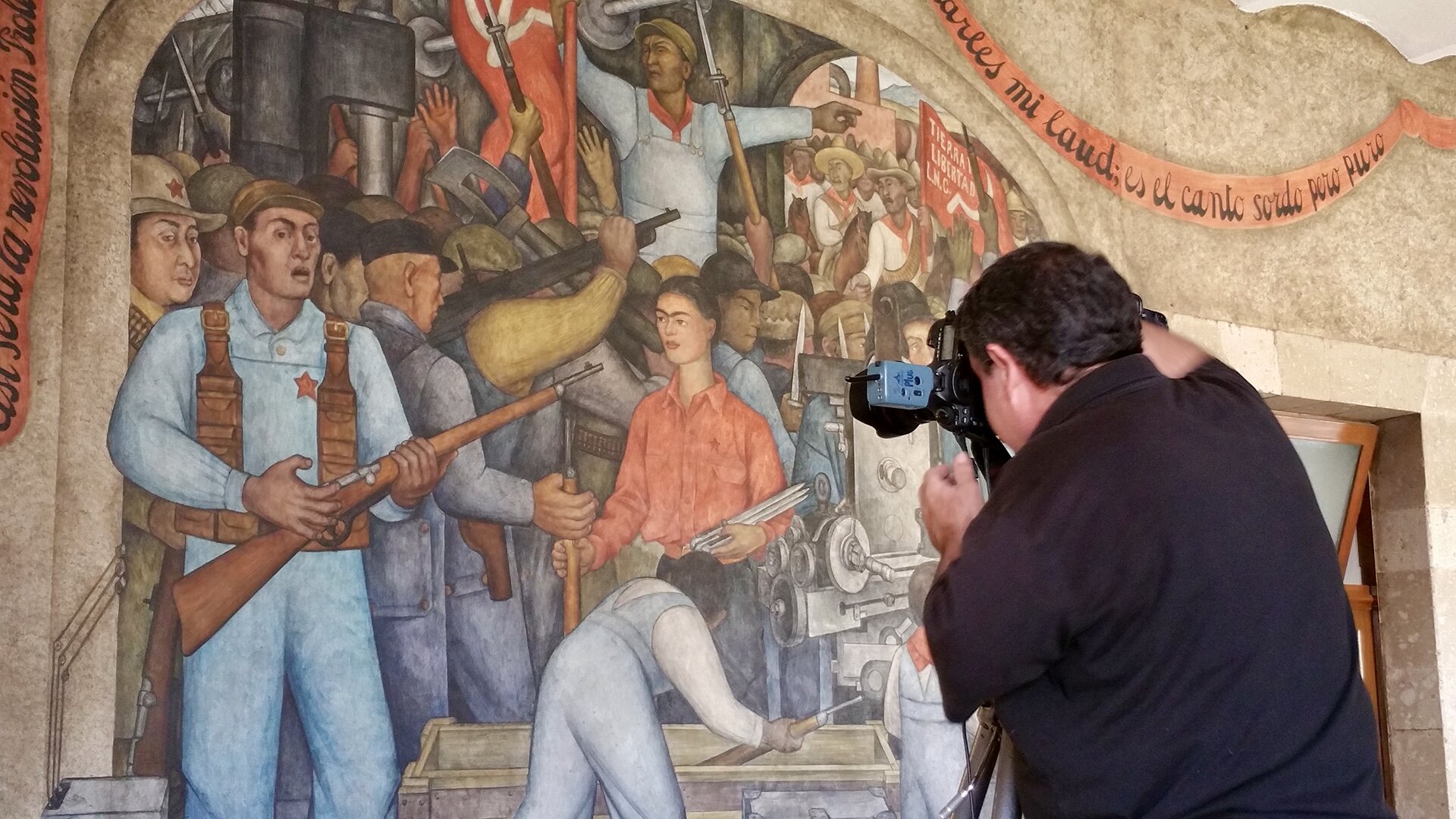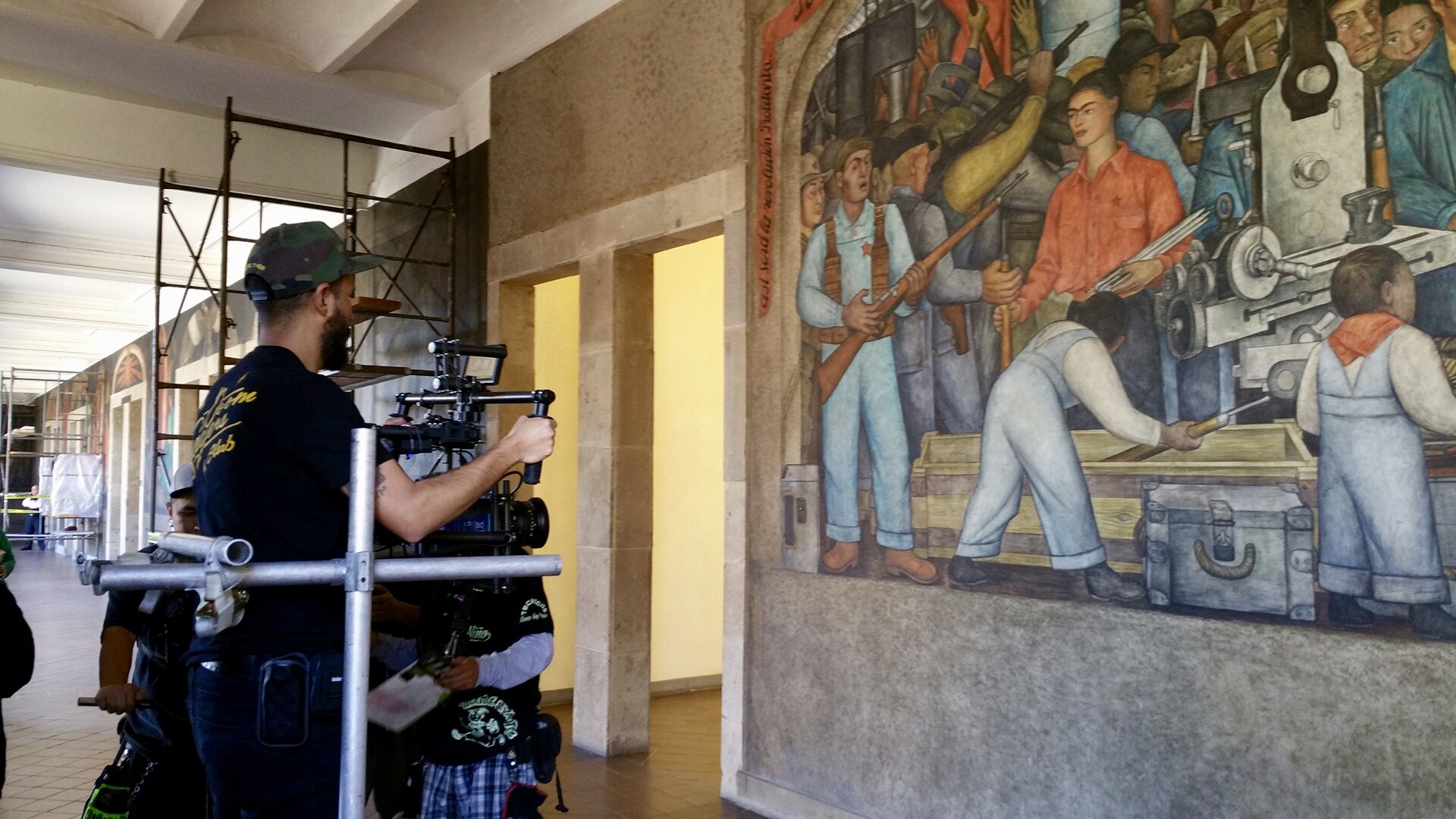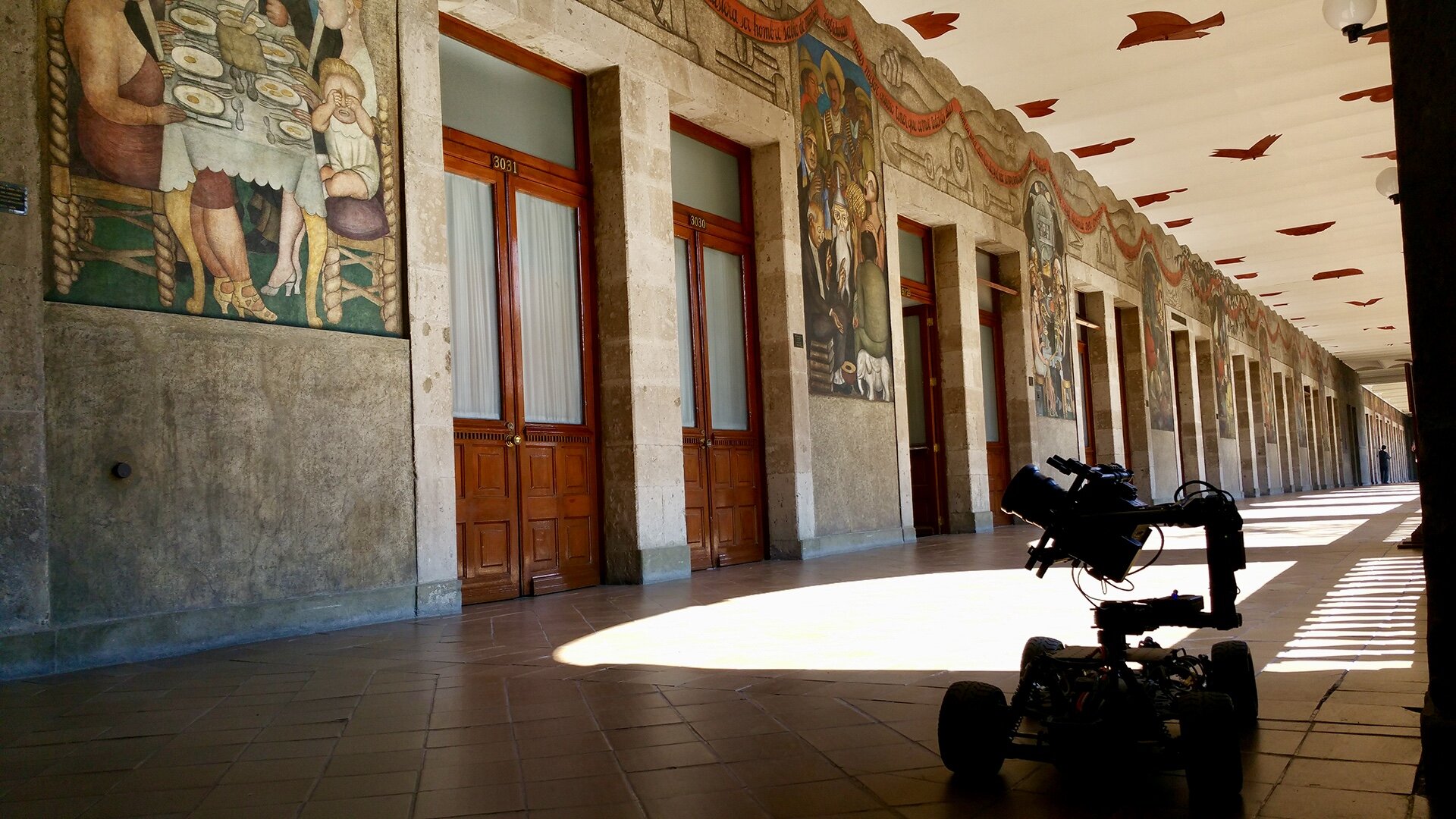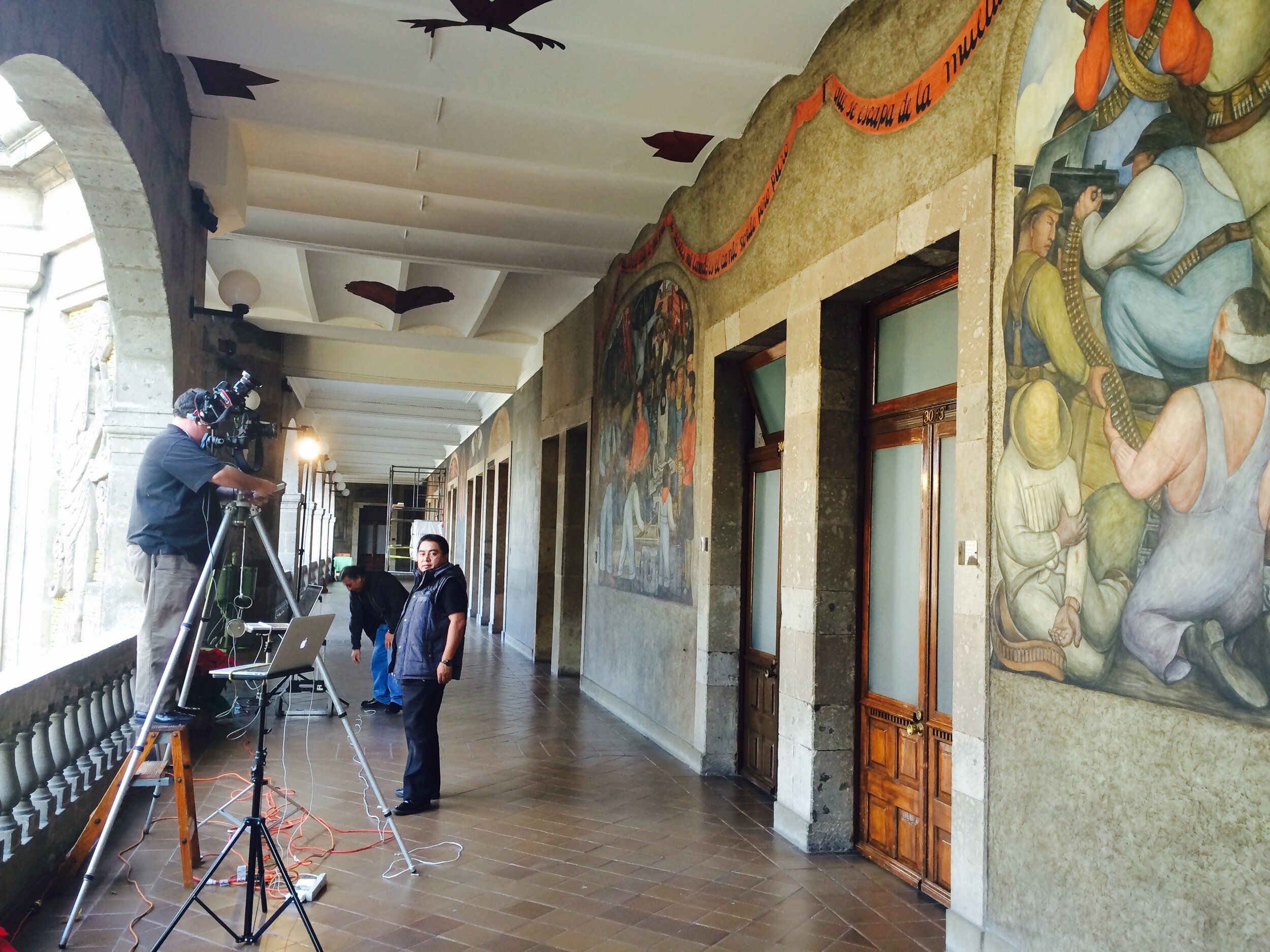
Paint the Revolución
Binational cultural project that tells the story of artists, sculptors, and photographers whose work was forged thanks to the imagery of the Mexican Revolution.
The Revolution of 1910 transformed Mexico. President Porfirio Díaz, who had guided the country over a stable but deeply divided nation for thirty-three years, was removed from office. The next ten years were consumed by a civil war, a popular revolt that became a new regime headed by revolutionary leaders. Likewise, this regime promoted a nationalist cultural revolution that attempted to unify citizens. Mural painting par excellence came to be seen as the art of the Revolution due to its popular character. The title of this exhibition comes from the heading of an article in the magazine New Masses, in which the New York novelist John Dos Passos recognized in the young Mexican muralists a revolutionary program and the incorporation of modern art with the politics of the masses.
This exhibition tells the story of the painters, engravers, sculptors, and photographers whose work was forged thanks to the imagery of the Revolution that determined the decades following national reconstruction. For this exhibition specifically, we collaborated with the teams of the Museum of the Palace of Fine Arts in Mexico and the Philadelphia Museum of Art in the production of super high-quality images to create the files with which three interactive installations were subsequently made. The interactive pieces explained relevant details of three representative murals from the muralist movement in Mexico. The opening was in Philadelphia and later the exhibition traveled to Mexico City where we were responsible for setting up the interactive installations.


Three main murals
The Ministry of Public Education is made up of buildings from the 16th, 17th, and 20th centuries in the Historic Center of CDMX. Murals by different artists are painted on its walls, including two by Diego Rivera who participated in the decoration of the walls, painting between 1923 and 1928 the patios of Trabajo and Las Fiestas, a name given to them by the painter.
The Electricians Union building, built by architects Enrique Yañez and Ricardo Rivas, houses the mural Portrait of the Bourgeoisie made by David Alfaro Siqueiros. Painted in the late 1930s, the work covers three walls and is located in the stairwell of the building. Its theme is a criticism by the artist of the bourgeoisie and capitalism.
The Epic of American Civilization was painted by Mexican artist José Clemente Orozco between 1932 and 1934 in the Baker-Berry Library at Dartmouth College. This national historic landmark is considered one of the finest examples of mural painting in the United States executed by one of the greatest practitioners of public art of the 20th century.













Our contribution to the project
Within this project, we carried out several tasks in different areas.
1. Coordination of production equipment in Mexico (drones, video, photography)
2. Coordination for high-resolution photography of the murals with Nacho Urquiza
3. Liaison for the MPBA of the electronic museography work with the multimedia department of the Philadelphia Museum of Art directed by Ariel Schwarz
4. Digital museography coordinators to assemble the exhibition in Mexico City.
